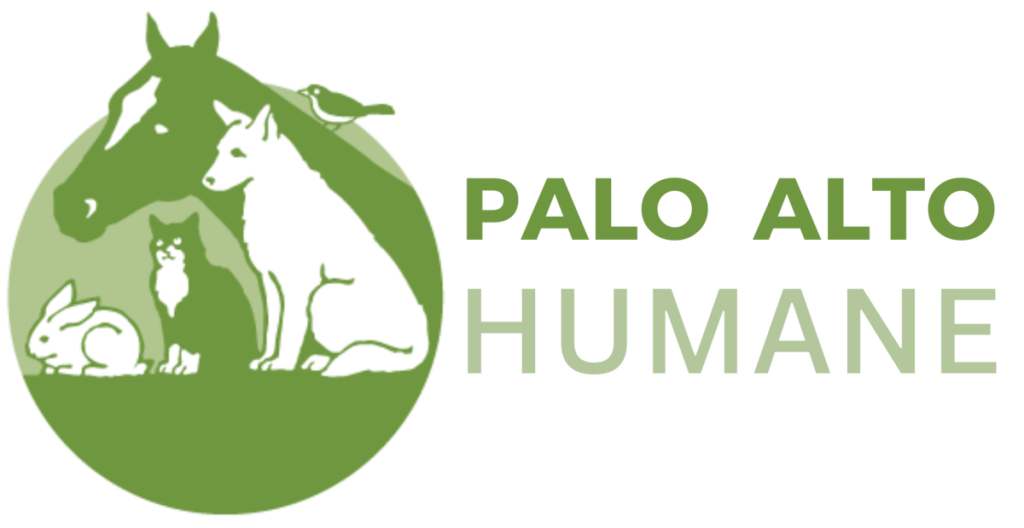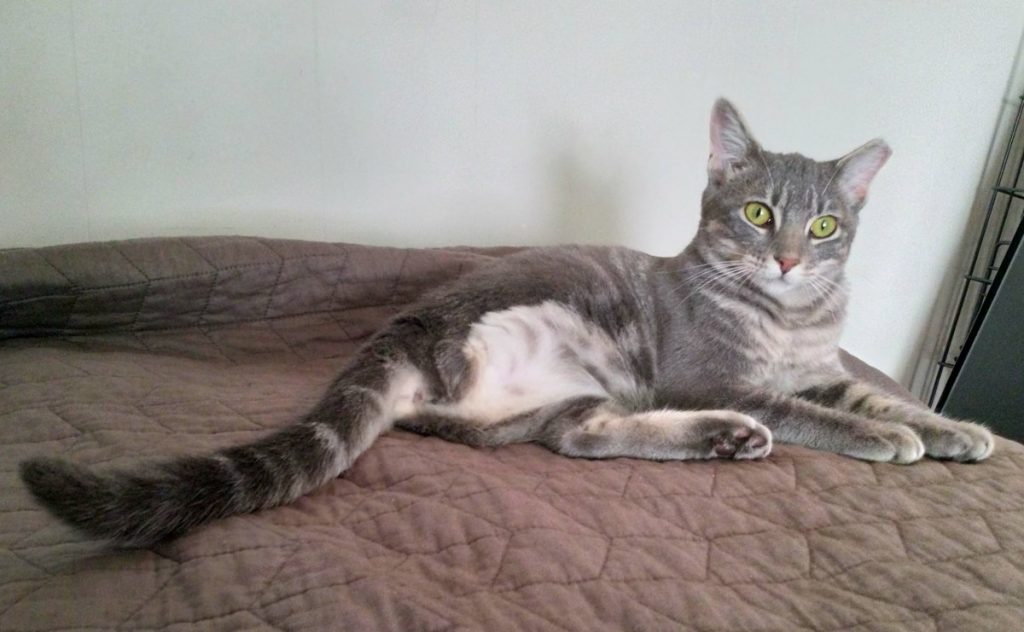By Leigh Glerum, DVM, and PAHS Board Member
There are a large number of dogs and cats in the world without a full complement of limbs. The lack of a fourth limb could be due to severe trauma, significant infection, or a cancer diagnosis.
The good news is that, with few exceptions, dogs and cats adapt to their three-legged status rapidly and go on to have a very good quality of life. We humans tend to anthropomorphize the situation, so we often feel sorry for three-legged creatures and assume that they are suffering. An amputation can, and largely does, greatly improve dogs’ or cats’ quality of life because a source of significant discomfort has been removed from their bodies. These animals can go back to living their lives without worrying about guarding the diseased limb or having to take heavier-duty pain medications. And their people will not have to make multiple visits to the vet for bandage changes or other kinds of treatment.
“Three-legged dogs and cats make wonderful pets and generally lead happy lives.”
While it does take a period of time for dogs to adapt to 3-legged status, most canine surgical patients are willing to try to walk within 12 to 24 hours after surgery. Some initially require support in the form of a sling or harness, particularly when they are navigating more slippery surfaces or stairs. Most feline patients are willing to walk within the same timeframe. Cats might require some initial assistance with getting into or out of the litter box. As an amputee’s balance and the strength of the remaining three legs improve, the need for human assistance tapers off. Depending on the specific dog or cat’s preoperative status (degree of diseased limb use, condition of other limbs, and/or overall body condition), full surgical recovery might be as short as two weeks. Many patients are ambulatory without assistance by two weeks post surgery. Ongoing improvements in balance and strength can occur over several months following amputation.
The longer term care of a tripod dog is fairly straightforward. They should not be allowed to become overweight, as this will place increased stresses on the remaining limbs. Indoor walking surfaces should not be slippery—carpeting, throw rugs, and even yoga mats are all tripod friendly. If slippery flooring cannot be avoided, special booties, paw covers, or nail covers might be employed to aid with traction. If a dog does require a little help on trickier terrain (such as stairs), the use of a harness generally provides more support than a neck lead only. Activity should always be tailored to the individual. Most dogs aren’t great at self-limiting when it comes to play time, so it is up to their humans to set the limits. If your tripod becomes exhausted or sore because of a given activity or the duration of an activity, such exhaustion or soreness is an indication of overexertion, and future activity should be reduced.
“If you know of a tripod in need of a home, please do consider him or her as an excellent candidate for your love and support.”
 Care for tripod cats is similar. These cats should also not be allowed to become overweight. It is not recommended to allow three-legged cats to exercise outdoors unobserved, as they might not be able to extricate themselves from tricky situations by jumping or climbing. Litter box dimensions might need to be altered to allow for appropriate elimination. Jumping to and from higher surfaces is not ideal, so consider options such as indoor cat trees with lower platforms or multiple levels and a ramp to a favorite windowsill or higher (human) bed.
Care for tripod cats is similar. These cats should also not be allowed to become overweight. It is not recommended to allow three-legged cats to exercise outdoors unobserved, as they might not be able to extricate themselves from tricky situations by jumping or climbing. Litter box dimensions might need to be altered to allow for appropriate elimination. Jumping to and from higher surfaces is not ideal, so consider options such as indoor cat trees with lower platforms or multiple levels and a ramp to a favorite windowsill or higher (human) bed.
The needs of an amputee pet can change over time, particularly if they develop issues with the bones or joints of the remaining limbs or perhaps spinal and/or neurological disease. There are many non-surgical options available for such pets, ranging from medications to physical therapy to mobility aids (such as braces or even carts). Surgical treatment might also be appropriate for some conditions.
If you find yourself in the difficult position of having to consider amputation surgery for your own pet, please know that the procedure can be life altering in a positive way.
Meet Millie!
 Millie is a young adult cat who was rescued after suffering a life-threatening injury. One of Millie’s hind legs could not be saved, and she underwent amputation surgery sponsored through PAHS’ Animal Rescue Fund, which also covered her spay surgery. The person who had found and saved Millie then fostered her throughout her recuperation and socialization process.
Millie is a young adult cat who was rescued after suffering a life-threatening injury. One of Millie’s hind legs could not be saved, and she underwent amputation surgery sponsored through PAHS’ Animal Rescue Fund, which also covered her spay surgery. The person who had found and saved Millie then fostered her throughout her recuperation and socialization process.
Originally a semi-feral cat, Millie thrived under her foster’s care, healing completely from the surgery to become an active, playful, trusting, and very sweet cat who is now entirely at home in an indoor setting. At the time of this publication, Millie is on her way to adoption in a safe and caring permanent indoor home.
Pets like Millie, as Dr. Glerum notes, make wonderful companions. We at PAHS are so thankful to be able to have helped Millie and make it possible for her to have a good and long life.

